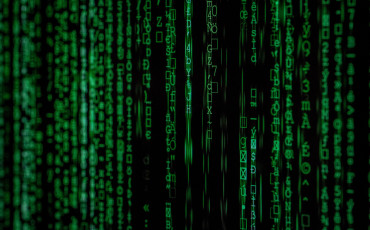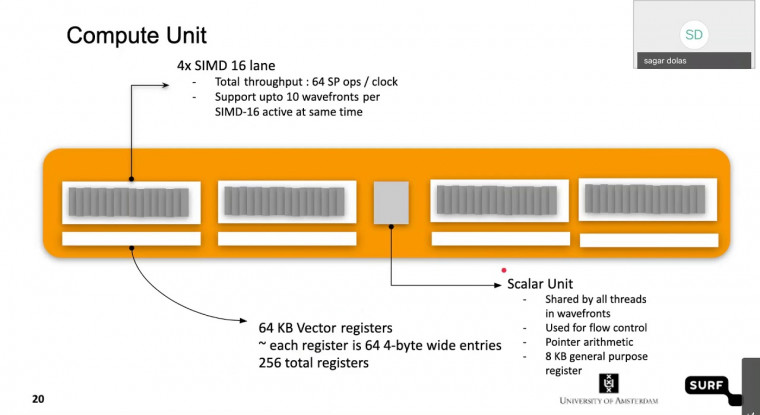Introduction to AMD GPU architecture and application porting
The significant changes in the supercomputing landscape lead HPC centers to broaden their choices of computer architectures and to take a pivotal role in adapting state-of-the-art technology. This, lead to an increase in computing power and to a diversification of the existing computing architectures. Thus, following the upcoming hardware and software trends in supercomputing is crucial for the development of newer and faster computational methods for science and industry.
The innovation project “Compute systems technology assessment” is a collaborative effort between the SURF Open Innovation Lab (SOIL) aims to understand the potential of newer HPC architectures for a wide range of scientific computing workloads, and to promulgate the acquired knowledge/expertise with the academic and industrial community.
The SURF organisation conducts knowledge sessions, which guides researchers to adapt to the latest available technology, thus lowering the threshold required to work with newer computing architectures. With this in mind, the SURF Open Innovation Lab (SOIL) in collaboration with University of Amsterdam and NIKHEF organised a webinar session targeting application portability to AMD-GPU accelerators.
The webinar session featured four presentations focussed not only on the theoretical part of the AMD GPU architecture, but also on the practical aspects of running a ported legacy application on AMD GPUs. During the 90 minutes of the webinar session, live demonstrations of code portability were conducted, and a GPU ported computational chemistry application was presented.
The webinar was conducted with a vast and active participation of users outside of SURF, which not only provided a very positive feedback on the content of the session, but also expressed the desire to experiment with the existing AMD hardware.
Please find the recording attached along with the blog post.
Gerelateerde artikelen
-
 Large Scale Computing
Large Scale Computing -
 Large Scale Computing
Large Scale Computing -
 Large Scale Computing
Large Scale Computing

0 Praat mee